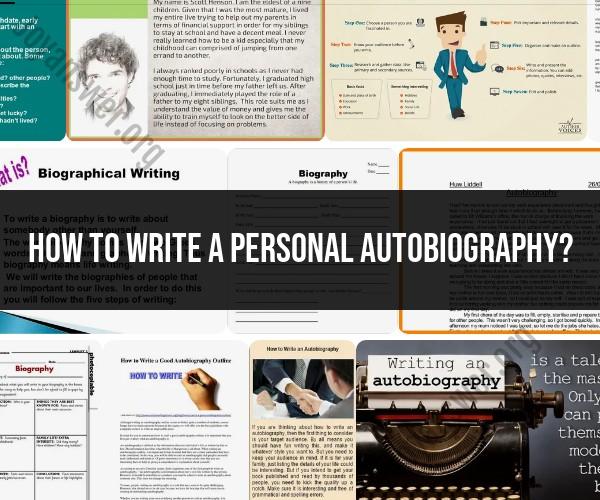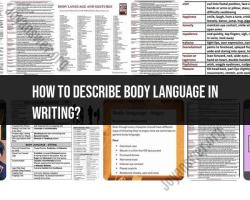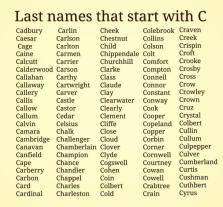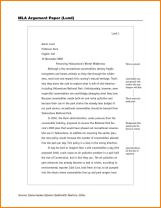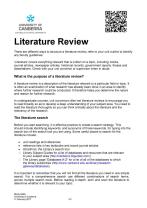How to write a personal autobiography?
Writing a personal autobiography, also known as a memoir, is a deeply personal and reflective process. It allows you to share your life experiences, memories, and insights with others. Here's a step-by-step guide on how to write a personal autobiography:
1. Reflect on Your Life:
- Take time to reflect on your life experiences, both significant and everyday moments. Consider the themes, events, and people that have had the most impact on your life.
2. Define Your Purpose:
- Determine why you want to write your autobiography. Are you writing it for yourself as a personal reflection, for your family and loved ones, or for a wider audience? Understanding your purpose will help shape your writing.
3. Choose a Focus:
- Decide on the scope of your autobiography. Will you cover your entire life, a specific period, or a particular theme or aspect of your life? Having a clear focus will make the writing process more manageable.
4. Create an Outline:
- Outline the key chapters or sections of your autobiography. Organize your story chronologically or thematically, depending on your chosen focus. Include major life events, milestones, and anecdotes.
5. Start Writing:
- Begin writing your autobiography by tackling one section or chapter at a time. Don't worry about perfection in the initial drafts; focus on getting your thoughts and memories on paper.
6. Use Vivid Descriptions:
- Paint a vivid picture of your experiences by using descriptive language. Help readers visualize the settings, characters, and emotions of your story.
7. Be Honest and Authentic:
- Be open and honest about your experiences, even if they are difficult or challenging. Authenticity is a hallmark of a compelling autobiography.
8. Include Dialogue:
- Use dialogue to bring your narrative to life. Include conversations, quotes, and interactions with others to make your story more engaging.
9. Reflect and Analyze:
- Don't just recount events; reflect on their significance and what you've learned from them. Share your insights, personal growth, and life lessons.
10. Edit and Revise:- Review and revise your work multiple times to improve clarity, coherence, and grammar. Consider seeking feedback from trusted friends, family members, or writing groups.
11. Organize Your Materials:- Keep your autobiographical materials well-organized. This includes photographs, documents, letters, and any other artifacts that may enhance your story.
12. Include a Title and Introduction:- Craft a meaningful title for your autobiography that reflects its theme or message. Write an engaging introduction to draw readers into your story.
13. Share Your Story:- Decide how you want to share your autobiography. You can choose to publish it as a book, share it online, or keep it as a personal document for family and friends.
14. Seek Professional Help (Optional):- If you're struggling with the writing process, consider working with a professional editor or ghostwriter who can help you shape your story and improve your writing.
15. Publish and Share:- If you wish to share your autobiography with a wider audience, explore publishing options such as self-publishing or seeking a literary agent and traditional publisher.
16. Preserve Your Work:- Ensure that your autobiography is preserved for future generations by storing it in a safe and accessible format.
Remember that writing a personal autobiography can be an emotionally challenging journey, as it may involve revisiting both joyful and difficult moments in your life. However, it can also be a rewarding and cathartic process that allows you to leave a lasting legacy and share your unique life story with others.
Crafting Your Personal Autobiography: Where to Begin
Writing your personal autobiography can be a daunting task, but it is also a rewarding one. Your autobiography is a chance to share your story with the world and to reflect on your life experiences.
Here are some tips to help you get started:
- Decide what you want to write about. What are the most important events and experiences in your life? What lessons have you learned along the way? What do you want your readers to learn from your story?
- Brainstorm a list of topics. Once you have decided what you want to write about, brainstorm a list of topics that you want to cover in your autobiography. This will help you to organize your thoughts and to develop a structure for your book.
- Start writing! Don't worry about making your writing perfect at first. Just start writing and let your story flow. You can always go back and edit later.
Key Elements to Include in Your Autobiography
Here are some key elements that you may want to include in your autobiography:
- Your early life and childhood experiences. Where did you grow up? What was your family life like? What are some of your earliest memories?
- Your education and career. What schools did you attend? What jobs have you held? What are some of your biggest accomplishments?
- Your personal relationships. Who are the most important people in your life? What have your relationships taught you?
- Your challenges and setbacks. Everyone has challenges and setbacks in life. Writing about these experiences can be helpful for you and for your readers.
- Your hopes and dreams for the future. What are your goals for the future? What do you hope to achieve in the years to come?
Tips for Writing a Compelling Personal Life Story
Here are a few tips for writing a compelling personal life story:
- Be honest and authentic. Your readers will be able to tell if you are not being genuine. Be honest about your experiences and your feelings.
- Be specific and vivid. Don't just tell your readers about your experiences; show them. Use specific details and vivid language to bring your story to life.
- Be reflective. Don't just write a list of your accomplishments and setbacks. Reflect on what you have learned from your experiences and how they have shaped you as a person.
- Find your unique voice. What makes your story unique? What is your perspective on the world? Let your unique voice shine through in your writing.
Writing your personal autobiography can be a challenging but rewarding experience. By following these tips, you can write a compelling story that will engage and inspire your readers.
Here are some additional tips:
- Read other autobiographies. This can give you ideas for how to structure your book and what to include.
- Get feedback from others. Once you have a draft of your autobiography, ask friends, family members, or beta readers to give you feedback. This can help you to identify areas where you can improve your writing.
- Don't be afraid to edit. Editing is an important part of the writing process. Take some time to edit your autobiography carefully before you publish it.
Remember, your autobiography is your story. Write it in a way that is true to yourself and your experiences.
